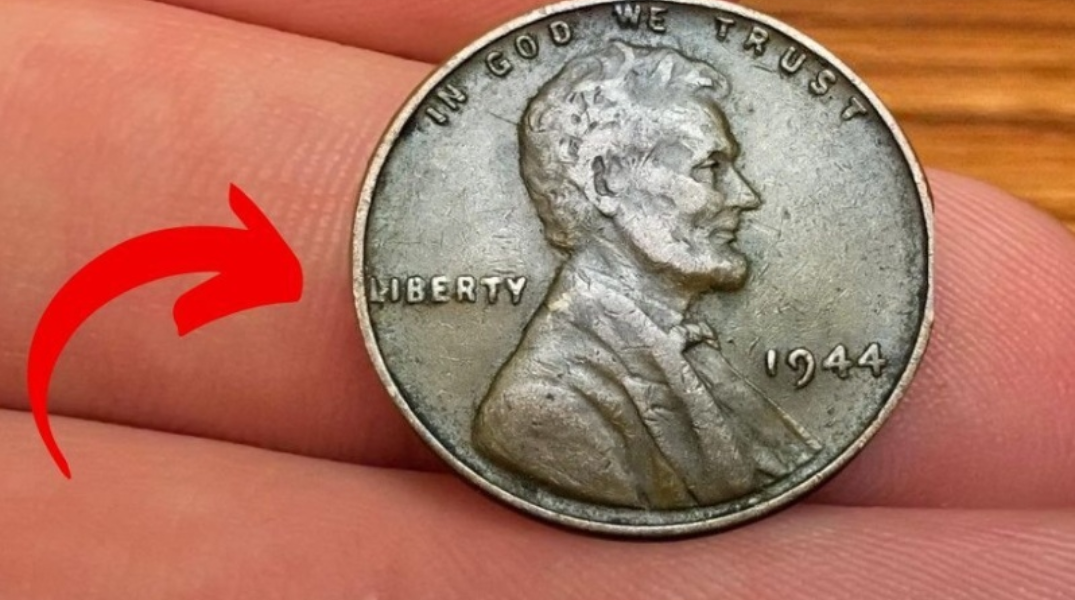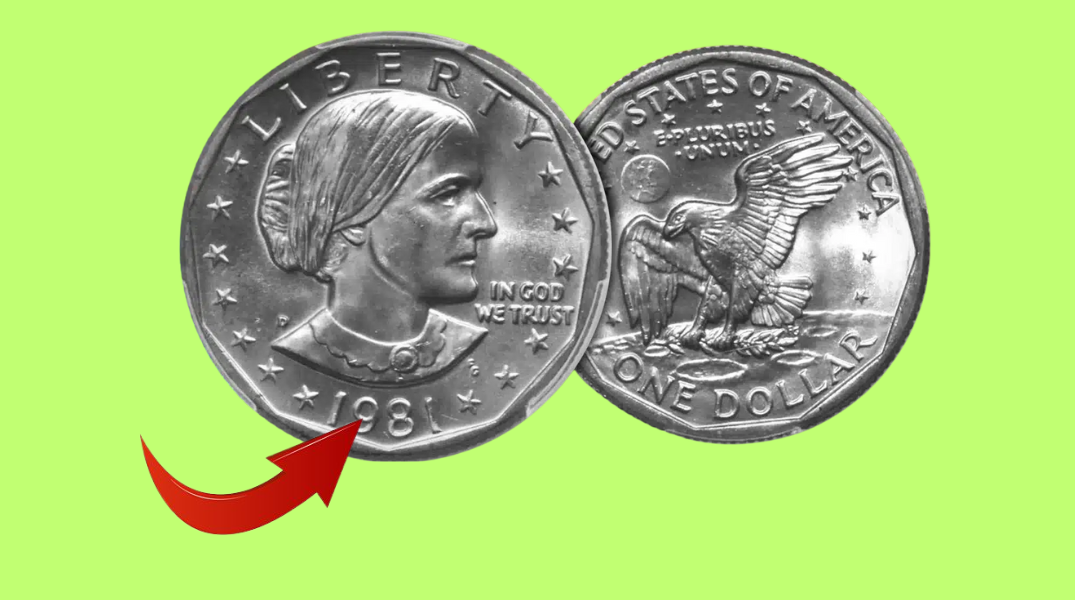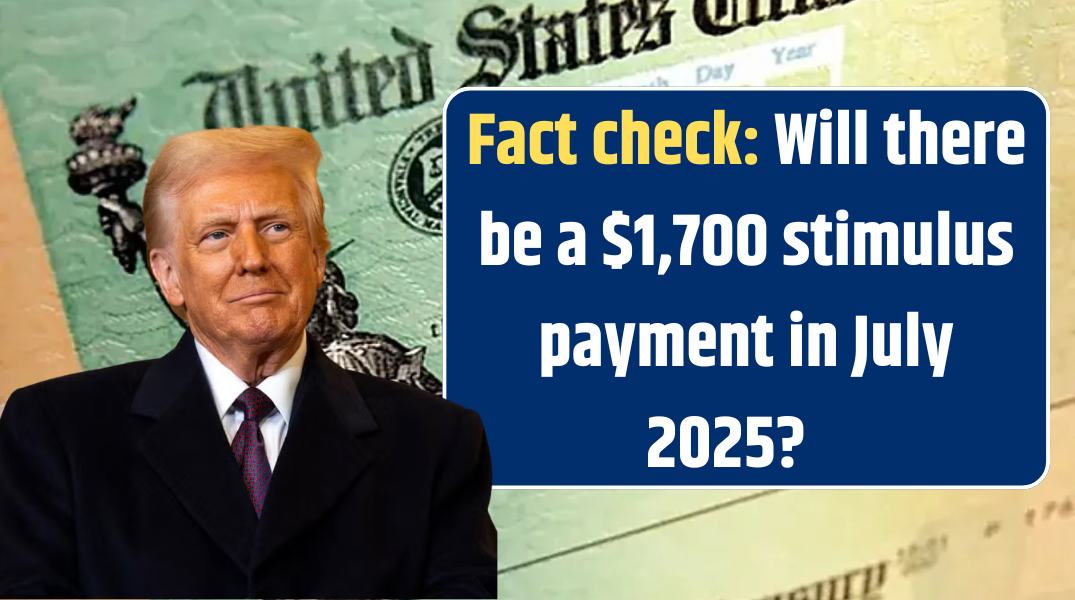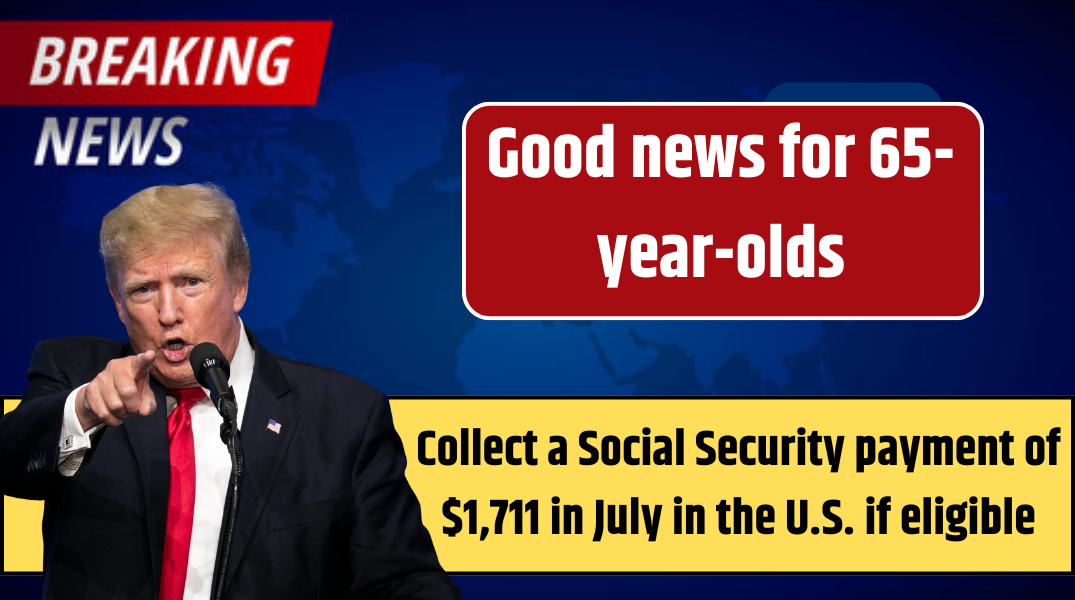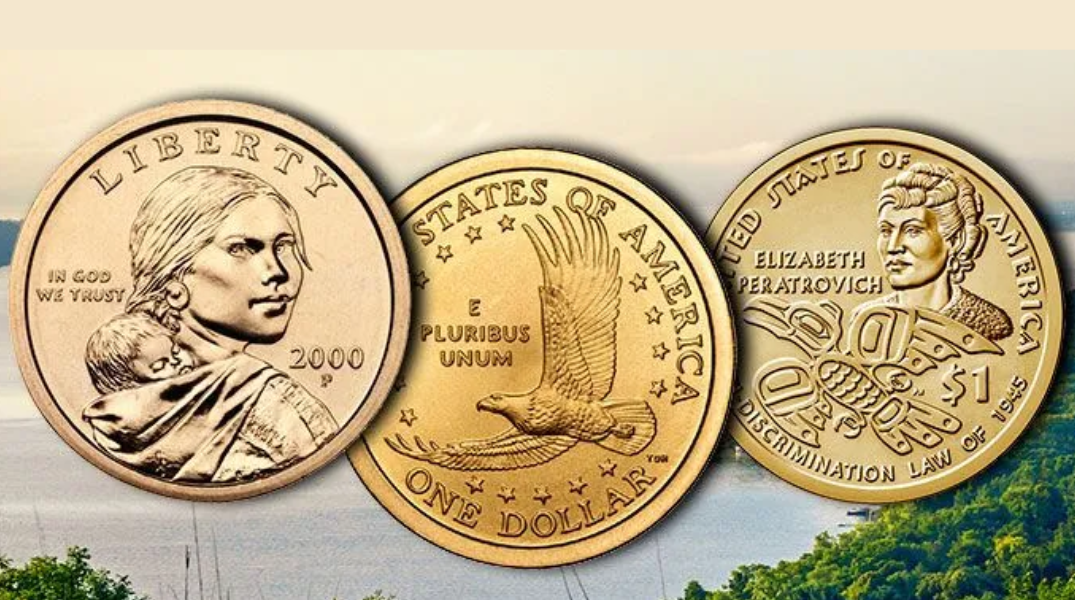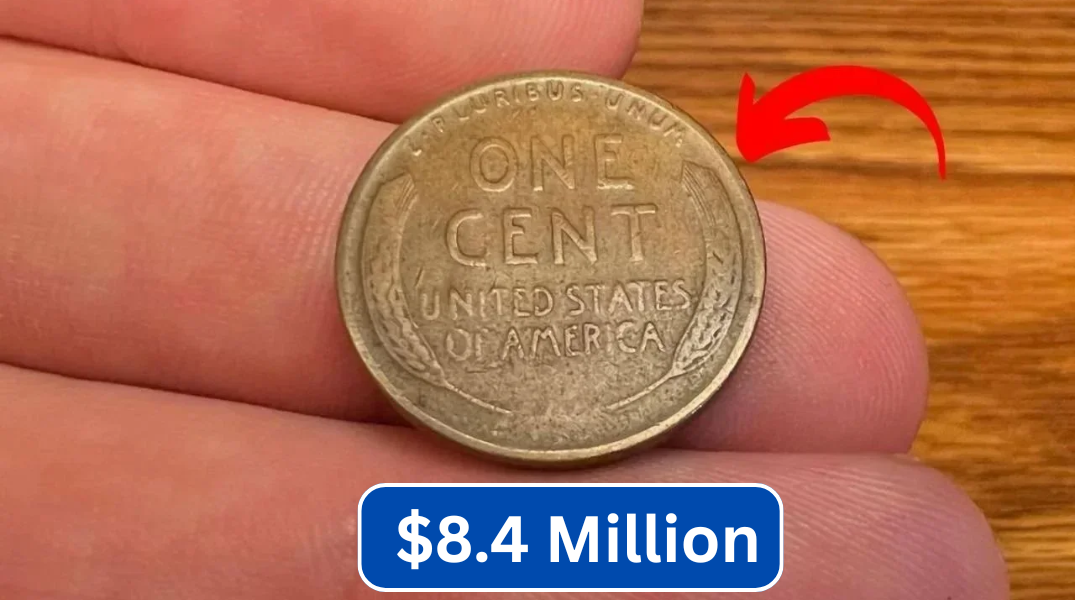The Lincoln Wheat Penny Valued at $45000 – Imagine paying for your morning coffee with a penny that could be worth hundreds of thousands of dollars. It sounds unbelievable, but it’s true. A humble Lincoln Wheat Penny, minted between 1909 and 1958, might be hiding in your loose change, quietly waiting to surprise you with a small fortune.
These vintage coins, instantly recognizable by the two wheat stalks flanking “ONE CENT” on the reverse side, have become a goldmine for collectors—especially those with rare features like minting errors or unusual materials.
Why Some Wheat Pennies Are Worth a Fortune
The Lincoln Wheat Penny isn’t just any old coin. Some versions carry specific traits that make them incredibly rare and valuable:
-
The 1943 Bronze Penny: Most pennies that year were made of steel because copper was needed for World War II. But a few bronze blanks accidentally made it into the minting process. These are now worth up to $400,000.
-
1955 Doubled-Die Penny: A striking error caused the date and inscriptions to appear doubled. Only a few escaped the mint unnoticed.
-
Mint Marks: Coins with a small “S” (San Francisco) or “D” (Denver) below the date may have added value, especially if tied to a rare year.
Collectors on the Hunt: Why the Hype Keeps Growing
Wheat Pennies still pop up in everyday places—change jars, estate sales, thrift store donations. That accessibility, paired with rising values and viral stories of lucky finds, has ignited a modern coin-collecting craze.
Whether you’re a seasoned numismatist or a curious beginner, the thrill of possibly discovering a $100,000 penny in your spare change is irresistible.
How to Spot a Hidden Treasure in Your Penny Jar
Want to start treasure hunting? Here’s what to check:
| Feature | What to Look For |
|---|---|
| Magnet Test | 1943 pennies should be steel and magnetic. If not, you may have a bronze rarity. |
| Date Clarity | Look for blurry or “doubled” numbers and letters—signs of doubled-die errors. |
| Mint Mark | A small “S” or “D” under the date could increase value. |
| Coin Condition | Shiny, uncirculated pennies are significantly more valuable. |
Estimated Values Based on Condition
| Condition | Estimated Worth |
|---|---|
| Circulated | $10,000–$100,000 |
| Uncirculated | Up to $400,000 |
Even a coin in worn condition could fetch thousands if it has the right features.
A Surprise Star: The “No Mint Mark” Mystery
While most people assume mint marks increase value, some Philadelphia-minted Wheat Pennies have no mark at all, and that’s part of the appeal. Certain no-mint-mark coins, especially from 1922 or 1943, are surprisingly rare—making them stealthy gems in the coin world.
FAQs: Your Wheat Penny Questions Answered
1. What exactly is a Lincoln Wheat Penny?
It’s a one-cent coin minted from 1909 to 1958 featuring Abraham Lincoln on the front and wheat stalks on the reverse.
2. Why is the 1943 bronze penny so valuable?
Because it wasn’t supposed to exist. In 1943, pennies were made of steel, but a few bronze blanks were mistakenly used, making these coins extremely rare.
3. What does a doubled-die penny look like?
It’ll have a “shadowed” or doubled appearance on the date or lettering. This error happened when the coin die shifted slightly during minting.
4. How can I tell if my 1943 penny is bronze or steel?
Use a magnet—steel sticks, bronze does not. Also, bronze pennies tend to have a reddish-brown hue.
5. Are all Wheat Pennies valuable?
Not all, but those with minting errors, scarce dates, or in mint condition can be worth thousands. Most are worth only a few cents unless they’re rare editions.
6. Can I still find Wheat Pennies in circulation?
Yes! People still occasionally find them in change, coin rolls, and even flea markets or garage sales.
7. Where can I sell a valuable penny?
Through reputable coin dealers, online auction houses, or platforms like eBay, though you should get it professionally appraised first.
8. What tools do I need to start collecting?
Basic tools include a magnifying glass, coin holder sleeves, gloves, and a reference book or guide on U.S. coins.
Final Thoughts: Your Penny Could Be a Jackpot
The next time you get a handful of change, don’t overlook that old penny. It might just be a Wheat Penny with a secret story—and a serious price tag. With values ranging from a few hundred to nearly half a million dollars, these coins are reminders that history and value often go hand in hand.
So dig through your couch cushions, check those coin jars, and start looking. That tiny copper coin could change your life.
